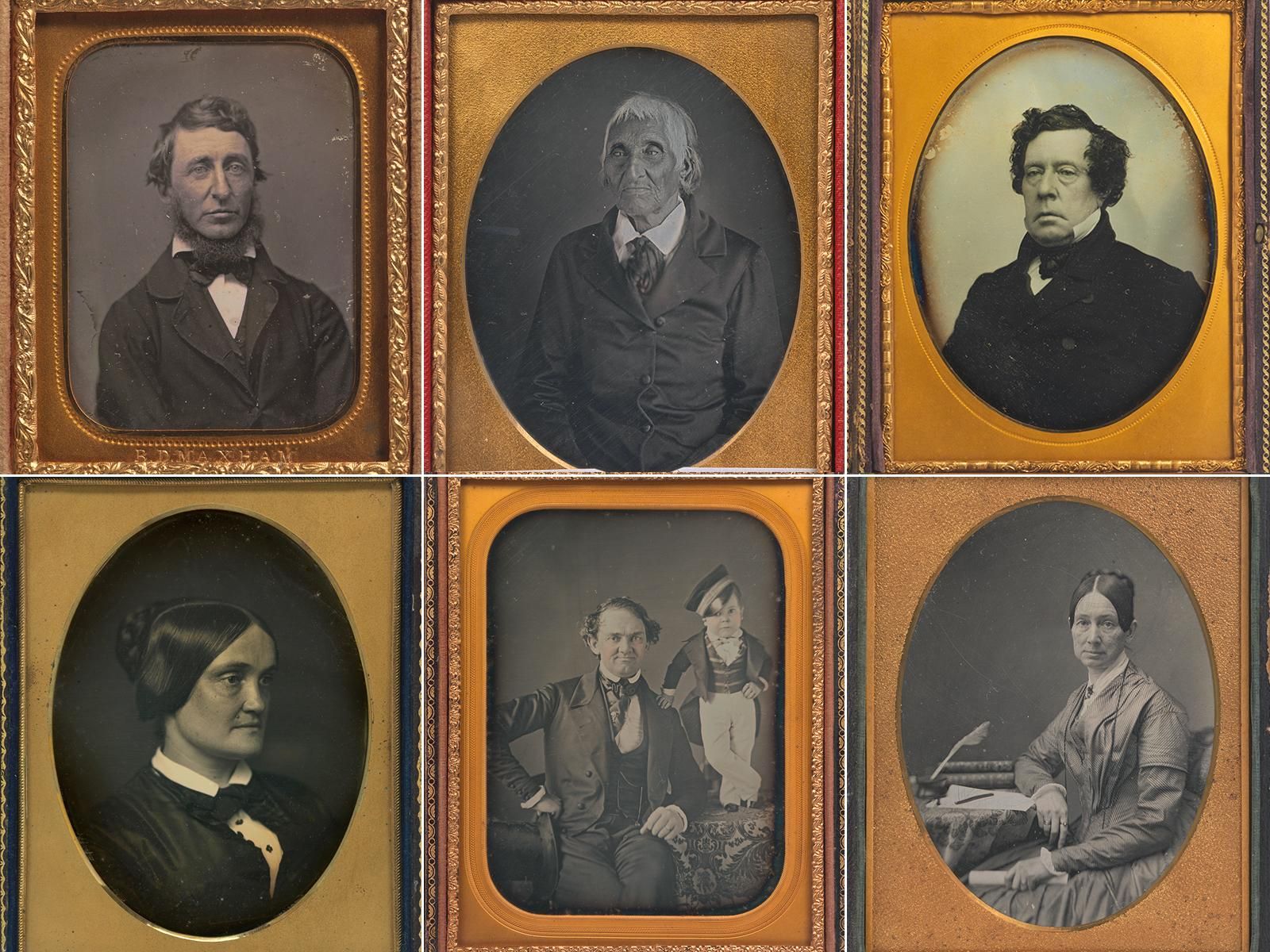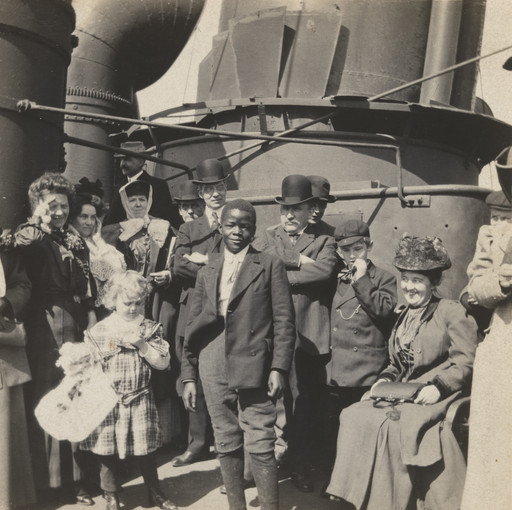Fixing the Shadows
Photography was invented in 1839, which as the year a frenchman, Louis Daguerre, and an Englishman, Henry Fox Talbot, announced processes that would ‘fix the shadows’.
Camera Obscura
‘Camera Obscura’ is an optical phenomenon that is easy to create and hard to believe. It is a blacked-out room with a small hole in a wall that allows a tight beam of light to enter, projecting an upside-down image of the outside world.

It had been known for centuries what camera obscura could do, the breakthrough came with the observation that certain chemicals were light-sensitive. Talbot experimented using paper coated with silver salts and shoebox-sized cameras which were nicknamed ‘mousetraps’. This first created negative images which were laterally reversed, which represented the breakthrough in which modern photography would be founded.
In 1839 Louis Daguerre had news that he had his own method of ‘fixing the shadows’, and this method was very different from what Talbot had discovered. instead of a paper-based process, he fixed his images on a mirrored metal plate, which were one-off images like a polaroid, creating a unique visual experience, these were known as a Daguerreotype. The silver grains of the image sit on top of the image, what you see on a Daguerreotype is light reflected back through an image. But one downfall of this method is that only one image could be created through this process, whereas Talbots method could create multiple.

Nadar was a photographer who took natural-looking portraits. His portraits of artists are unrivalled because he photographs them as equals. He doesn’t have to dress them up or tell them to act a certain way, he photographs them just standing in his studio making them authentic and unique to other portraits at the time.
George Eastman revolutionised photography in many ways, firstly by creating the first rolls of film, and by creating the Kodak camera. This was originally a handheld, moderately expensive camera for people to have at home and to be able to take photos without being a photographer. “You press the button, we do the rest”
These film rolls would be sent to Kodak and would be printed and sent back to the user so they don’t have to develop the film themselves.

To reduce the price of cameras and promote it, Eastman came up with The Brownie Camera. It was cheaper to make, develop and buy film for. It was initially intended to be a child’s camera, costing $1 with a roll of film only being 15¢ and processing costing 40¢.

Kodak didn’t just change what was happening behind the camera, but also what was in front of it, it changed how people reacted to a photo being taken of them, for more or less the first time people looked at the camera in the eye and smiled.
Vernacular Photography
The amateur snapshot is a small sub-category of vernacular photography. Vernacular photography were everyday photos, photos that had no artistic value. It contained some of the world most naturally occurring images.

Digital Photography
The digital camera revolutionised photography as a whole. The digital camera was invented in 1975 by Steven Sasson, an engineer with Eastman Kodak. The loss of film and the use of electrical signals to create and store images.

